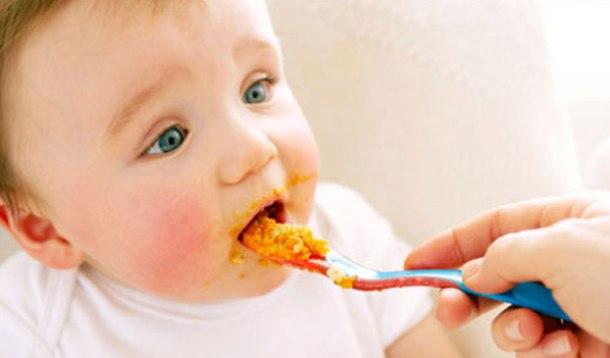
Arsenic in rice products is a concern not only for adults, but for babies as well. In this article published in the Globe and Mail, the facts are laid out: “There’s a growing body of evidence that even relatively low levels of exposure may have adverse health impacts on young children including on growth, immunity and neurodevelopment.”
For those of you who may not know, recent studies have detected high levels of arsenic in rice. This is a major concern as rice is a staple food across the world and here in North America, a staple first food for our babies. P.S. ARSENIC IS POISON.
So what do we do as parents when rice is such a fantastic food for babies learning to eat? It’s easy to digest, easy to make, and inexpensive.
As a Holistic Nutritionist, my recommendation is to moderate consumption of rice products. If you can’t sleep at night thinking your baby is ingesting trace amounts of arsenic, take it out of their diet altogether. You can re-introduce it later if you change your mind. Remember the big scary facts about mercury in our fish? Do you still eat fish?
If a tablespoon every now and again is ok with you (of rice, not arsenic), than go ahead and give some to your baby. Certain rice seem to contain lesser amounts of arsenic, but they are all exposed to it. And do not believe because you are buying organic rice, it’s safe. Organic rice is grown in the same earth and can contain the same levels. Just remember, rice is not only in rice cereal. It can also be found in baby crackers, puffs, other cereals, cookies, syrups, flour, rice milk and more. Check your labels.
There are ways to lower the amount of arsenic in your rice, but it will not take it out completely. Rinse your rice or soak it for many hours, or even overnight. Plus, cook it in a lot of water, like you would pasta, instead of letting the rice absorb all the water. You will lower the nutrients in your rice, but also the arsenic, possibly by more than 50%. Drain and let sit, than serve. If you’re making food for your baby, you can blend this rice and add water or milk at this point to make a palatable cereal.
There are some wonderful alternatives that you can feed your baby that are also easy on the tummy, as well as gluten-free. Millet, buckwheat, quinoa, and oats are excellent additions to your baby’s first foods and can be eaten without as many concerns of low level poisons.
If you give your baby a couple spoonfuls of rice cereal or homemade ground rice, try to avoid all the other convenience rice products where you don’t have control over how it was processed. Try your best to stick to whole, real fruit and vegetables for your babies and not depend on the packaged and processed foods as much as possible. If you do buy these foods, read your labels and try to switch things up and buy different grains. You’ll be happy and so will your baby’s belly.
The science is still out on this one for the long term, but we all want our babies to grow up strong and healthy. As parents, we do our best with the information we have! Do what is best for you and your baby.
![]() RELATED: See What a Nutritionist's Kids Make for a "Healthy" Meal
RELATED: See What a Nutritionist's Kids Make for a "Healthy" Meal
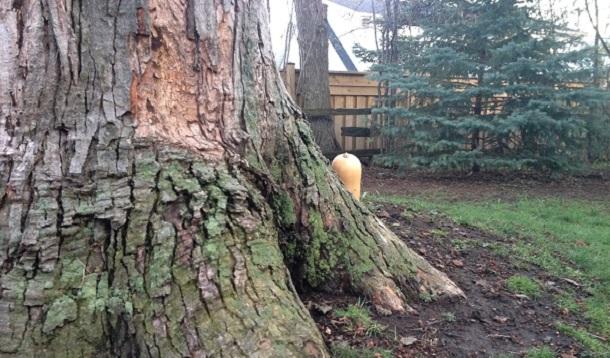
Squash comes in many forms but typically, they are separated into winter and summer varieties. Winter includes favourites such as butternut, acorn, spaghetti, hubbard and kabocha…all delicious, full of vitamin C and fibre. They’re sweet and nutty, delicious, but not overpowering. The perfect way to add a hint of extra nutrition into foods you already love to eat.
But wait! Don’t forget about summer squash! This variety includes zucchini and pattypan among others. Not as easily pureed and hidden, but equally nutritious.
I could effortlessly eat an entire plate of squash every single night. I don’t discriminate; I love all kinds of squash. But that doesn’t mean it can’t play hide and seek in your family’s favourite foods.
Squash is the perfect food to “hide” in other foods because not only does it boost the nutrition of the dish, it can also enhance the flavor. What I like to do is steam, puree and freeze the squash in cubes (like I did with baby food). This way, I always have some on hand to boost the nutrition of whatever dish I’m making. Here are some of my favourite ways to sneak squash into your daily life:
Yes, Butternut Squash, and most winter squash, can be the headliner when it comes to soup. But if you’re making a tomato soup, minestrone, chicken noodle or split pea, don’t forget about squash! Add some puree into your final dish instead of any sweetener or salt and watch people try to guess the secret ingredient.
Of course, you could make squash ravioli or lasagna, but try adding some to your regular spaghetti sauce. It will blend in seamlessly and add a hint of sweetness which cuts the acidity of the tomatoes really well.
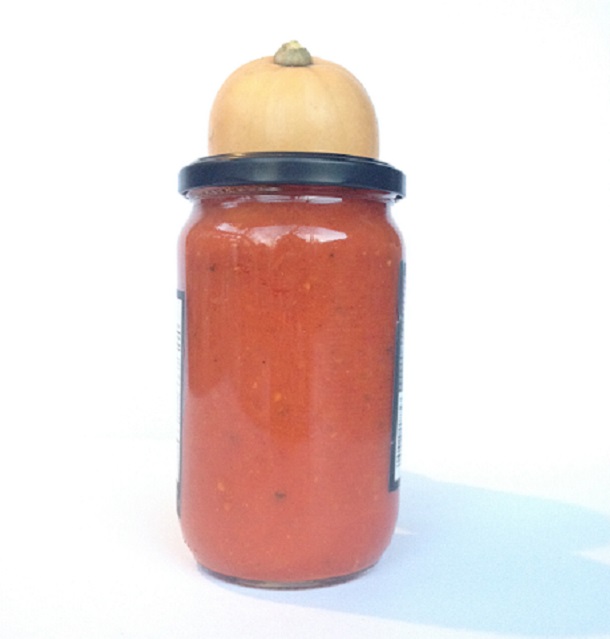
Making banana muffins? Sub in some pureed squash or grated zucchini in place of one banana. The texture won’t suffer and you can cut back on the amount of sugar you’re using.
Without the cheese! Use a brightly coloured orange squash for this one and everyone will be pouring this over their veggies (or nachos) and asking for more. I have a great recipe for you below.
Add some squash to your wet ingredients before adding them to the flour mixture. Talk about a boost of antioxidants to get your day going! All you need is 1 cup of squash to get half of your daily vitamin C!
Blend any cooked squash, any colour, into hummus for an unbelievable flavour!
Not only is it fun to say, but it’s easy to make. Add pureed squash instead of milk, add grated squash and it will blend right in. Delicious, nutritious, brunch. Done.
Add grated Pattypan squash into the ground meat and mash some squash into the potato topping. Or replace the potato altogether if you’re feeling adventurous!

Ingredients
Directions
 Steam cubed squash until cooked through and tender
Steam cubed squash until cooked through and tender
 Add squash and all other ingredients into a blender
Add squash and all other ingredients into a blender
 BLEND!
BLEND!
 Add more lemon juice, salt or paprika to your taste
Add more lemon juice, salt or paprika to your taste
 Enjoy on whatever your heart desires
Enjoy on whatever your heart desires
Whether you like squash straight up like me, or you're more of a hide and seek with veggies type person-you can enjoy the benefits of all sorts of squash in your diet. Get creative! I bet you'll find some great foods that taste even better with squash. Experiment! Have fun! Let me know what creations you come up with in the comments below-I would love to try something new. Bon Appetit!
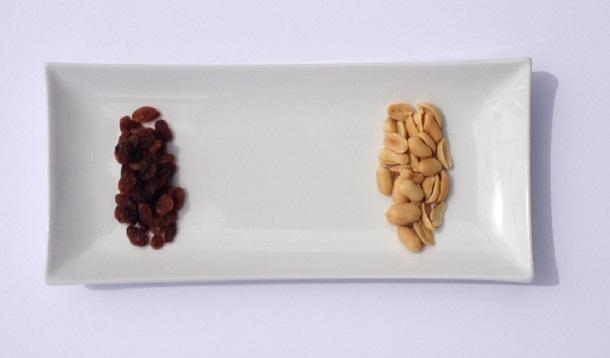
Remember GORP?
Oh, probably not, because whenever I mention it these days NO ONE knows what I’m talking about and it makes me feel ANCIENT. It was a thing, I promise. And I’m bringing it back.
GORP stands for “Good ol’ raisins and peanuts” and it was the snack of my childhood. It was sweet and salty and you could shove an entire handful in your mouth. Pure, simple, happiness. GORP.
Here’s the thing: GORP can be a really healthy snack. Maybe not an entire bowl of it (like most nutrient-dense foods, moderation is key), but a handful to tide the kids over from school to hockey practice? Yah, it’s the ultimate.
Peanuts contain protein, fibre, vitamins, and minerals we need like biotin, copper, potassium and manganese. What are those good for, you ask? Heart health, for one. Peanuts get a bad rap but the oils in peanuts are monounsaturated which are great for cardiovascular health. They also contain antioxidants! Woohoo!
But raisins contain SUGAR! Yes. It’s the same sugar that comes in grapes. Do your children eat bowls of grapes? They’ll be ok with a few raisins. Just don’t eat a ton of them and not before bed. They can really get stuck in those little teeth!
If you think GORP is super boring, no worries. I can do better. I’ve got some nutritious variations that you and your kids are SURE to love. Here we go:
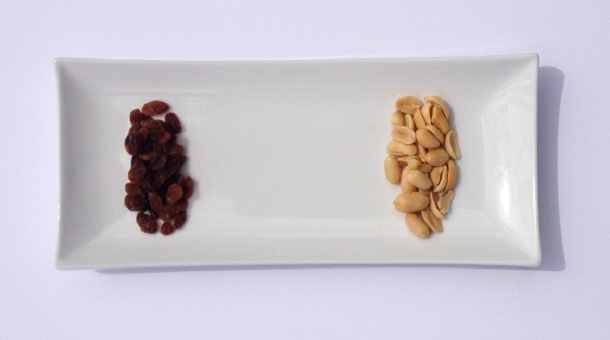
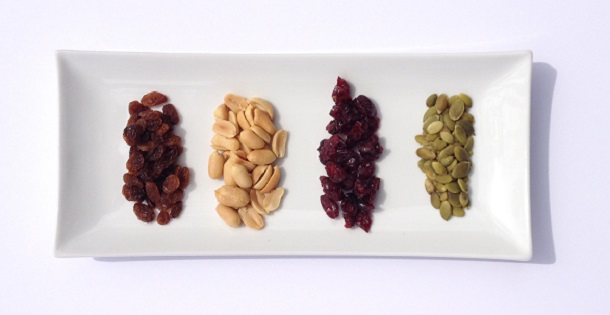
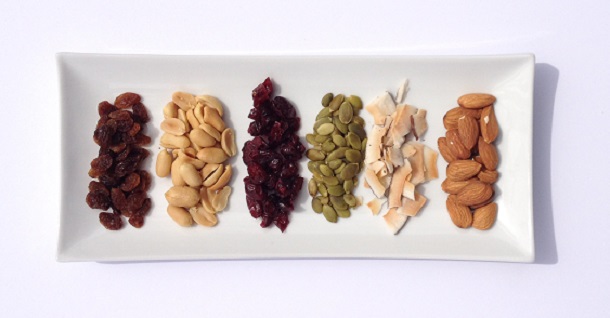
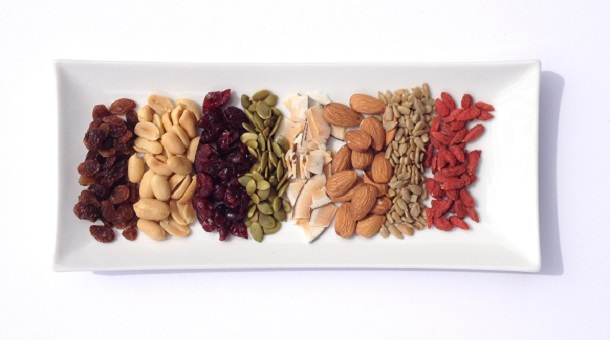
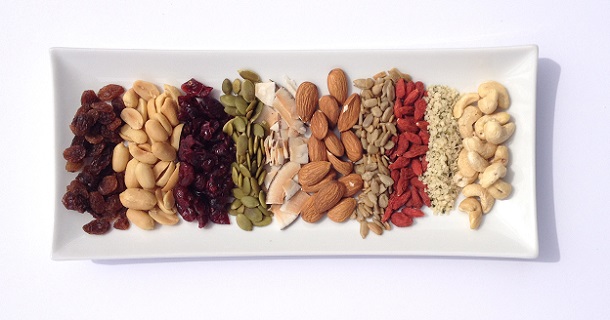
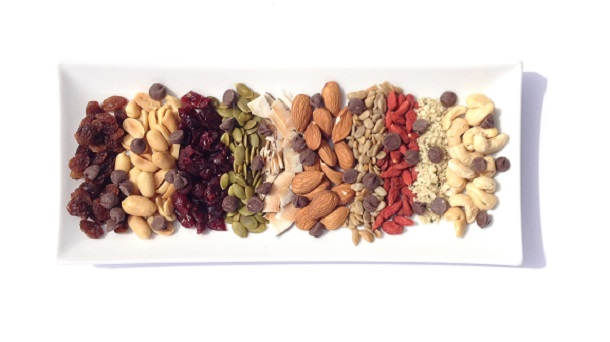
There. Like I said. Pure, simple, delicious. GORPCPCASGHCCC!
Try saying that with a mouth full of good ol’ raisins and peanuts!